Editor’s Note: This is Part One of a two-part series. Look for Part Two in the January/February 2019 issue.
This is a question that electrical inspectors in Canada have been answering since the first edition of the Canadian Electrical Code (CE Code) was published in 1927. In the current Canadian Electrical Code, Part I, Rule 2-024 states:
2-024 Use of approved equipment (see Appendices A and B)
1) Electrical equipment used in electrical installations within the jurisdiction of the inspection department shall be approved and shall be of a kind or type and rating approved for the specific purpose for which it is to be employed.
2) Notwithstanding Subrule 1), equipment described in Rule 16-222 1) a) shall not be required to be approved.
To better understand this requirement, we need to look at the definition for the word “approved.”
In the Canadian Electrical Code, Part I has a different meaning than the same word in the National Electrical Code (NEC). The NEC defines “approved” as, “Acceptable to the Authority Having Jurisdiction (AHJ).” In the CE Code the word “approved” means much more and is defined as:
Approved (as applied to electrical equipment) —
1) equipment that has been certified by a certification organization accredited by the Standards Council of Canada in accordance with the requirements of
a) CSA Group Standards; or
b) other standards that have been developed by a standards development organization accredited by the Standards Council of Canada, or other recognized documents, where CSA Group Standards do not exist or are not applicable, provided that such other standards or other recognized documents
i) are correlated with provisions of the CE Code,
Part I; and
ii) do not create duplication with standards already listed in Appendix A; or
2) equipment that conforms to the requirements of the regulatory authority (see Appendix B).
An electrical product that is approved for use in Canada would be similar to an electrical product that is listed and labeled for use in the United States, except that the NEC does not have an explicit requirement that all electrical equipment installed in accordance with the Code must be “listed and labeled.”
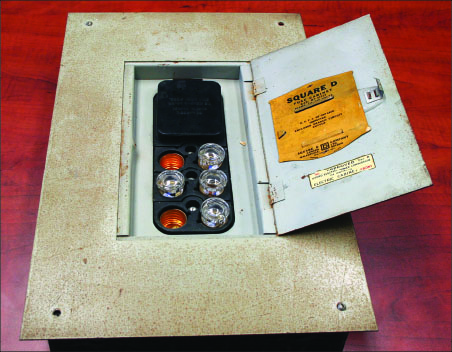
1927
The requirement for approval of electrical equipment in Canada has evolved since 1927 with the definition changing twelve times, and the rule requiring approved electrical equipment changing five time. 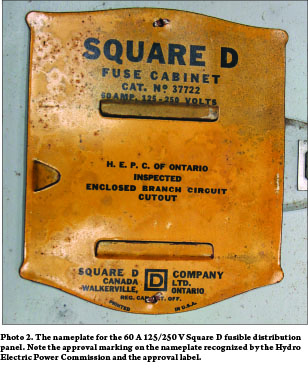 In the first edition, the definition for the word “approved” read:
In the first edition, the definition for the word “approved” read:
Approved: When used with reference to any particular electrical equipment, means that such equipment has been submitted for examination and test to Underwriters’ Laboratories of Chicago, or the Laboratory of the Hydro Electric Power Commission of Ontario, or a recognized Canada Government laboratory, and a formal written report thereon has been obtained, to the effect that such equipment is suitable for sale and use. When used with reference to any type of wiring, form of construction or method of installation it means that it is acceptable to the Inspection Department, and that written notification to that effect has been given.
Note: For the time being, until a Canadian Government Laboratory is established, local governing authorities in the various provinces will decide whether the approval of one or both of the other two laboratories mentioned shall be accepted.
As you can see, in 1927 Canada did not have a third-party testing and certification laboratory, and a monogram indicating certification was not required.
Rule 2-024 1; the rule requiring approved electrical equipment from the 2018 CE Code states:
2-024 Use of approved equipment (see Appendices A and B)
1) Electrical equipment used in electrical installations within the jurisdiction of the inspection department shall be approved and shall be of a kind approved for the specific purpose for which it is to be employed.
This rule started off as Rule 205 (a) in the first edition of the CE Code that read:
Rule 205 (a)
Any electrical equipment to be placed on the market for use in electrical installations within the jurisdiction of the inspection department shall be approved and shall be of a kind approved for the specific purpose for which it is employed.
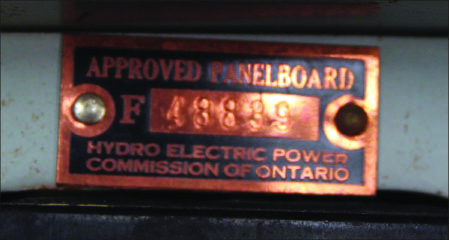
1930
As you can see, the wording from the first edition to the current code is very similar with editorial changes and the addition of “or type and rating.” In the second edition of the CE Code published in 1930 Rule 205 (a) was moved to Rule 203 (a), and a new Clause (b) was added that read:
(b) The maker’s name, trade-mark or other symbol of identification shall be placed on electrical equipment together with other such markings giving voltage, current, wattage and other appropriate ratings as are prescribed by the Laboratories recognized in this Code. (See definition of the word “Approved”).
This product requirement from Clause (b) was moved by 1953 to a new Rule 2-028 Marking of Equipment (now Rule 2-100).
1935
In the third edition published in 1935, the term “acceptable laboratories” was changed to the Laboratory of the Hydro Electric Power Commission of Ontario, the Laboratory of the National Research Council, or to the Underwriters’ Laboratories of Chicago.
1939
The forth edition of the Canadian Electrical Code (now known as the CE Code), published in 1939, had seen the biggest change limiting the issuance of approval reports to one organization, Canadian Engineering Standards Association (CESA). A note was also added recognizing examination and testing by other laboratories, and to introduce a follow-up and label/monogram service. The advantage of the label/monogram and follow-up service was that electrical products could be labelled at the manufacturer’s facility.
1947
In the fifth edition of the CE Code, published in 1947, the definition of “Approved” recognized the change from CESA to Canadian Standards Association (CSA), and the AHJ’s ability to give preliminary approval. The new definition read: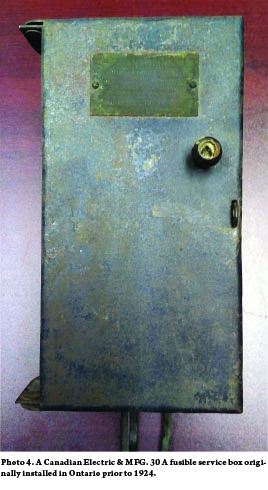
Approved: When used with reference to any particular electrical equipment, means that such equipment has been submitted for examination and test to the CSA and that formal approval has been given to the effect that it conforms to the CSA Standards as established under provisions of the Canadian Electrical Code.
The Inspection Department may give preliminary approval (acceptance) in the following cases:
1. When such equipment has been submitted for examination and test to the CSA and tentative approval only has been given.
2. When such equipment has not been submitted for examination and test because (a) an appropriate specification of the CE Code Part II has not yet been published or (b) the Approvals Laboratory does not possess (or have access to) adequate testing facilities to perform the necessary tests.
Note: The CSA has authorized laboratories to examine and test electrical equipment, and these laboratories will issue reports to the CSA and approvals based thereon will be issued by CSA. The CSA has instituted a follow-up service (examination or label service). (For information in detail see the CSA Approvals Manual, to be published.)
1953
In the sixth edition, published in 1953, the reference to CSA in the definition was changed to CSA Approvals

Laboratories, and Rule 203 parts (a) and (b) were revised and moved to Rule 2-026 that read:
Rule 2-026 Use of Approved Electrical Equipment
Electrical equipment used in electrical installations within the jurisdiction of the inspection department shall be approved and shall be of a kind or type and rating approved for the specific purpose for which it is to be employed.
1958
In the seventh edition, published in 1958, a requirement was added mandating that each certification report be adopted by two-thirds of the Inspection Authorities represented on the Approvals Council.
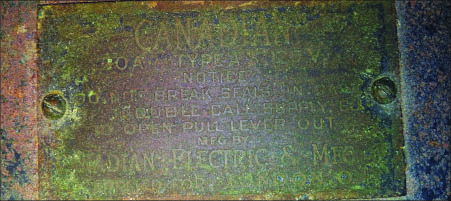
Approved, when used with reference to any particular electrical equipment, means that such equipment has been submitted for examination and test to the CSA Testing Laboratories and that formal certification by the CSA Testing Laboratories has been given to the effect that it conforms to the CSA Standards as established under provisions of the Canadian Electrical Code, and the certification report has been adopted by two-thirds of the Inspection Authorities represented on the Approvals Council.
Steve Douglas is an IAEI International Past President. He is also the Senior Technical Codes Specialist for QPS Evaluation Services. As the International Association of Electrical Inspectors Representative on Part I and Part II of the Canadian Electrical Code, Steve is the Immediate Past Vice Chair of the CE Code Part I, Chair of CE Code Part I Subcommittees for Section 2, and 12, and a member on Sections 8, 40, 64, 68, 76 and Appendix A. In addition Steve is the Chair of the Subcommittees for the CSA Standards C22.2 No. 273 Cablebus, C22.2 No. 327 HDPE Conduit, C22.6 No. 1, Electrical Inspection Code for Existing Residential Occupancies committee, SPE-1000 Subcommittee, the Chair of the Technical Committee on Wind Turbines, and a member on committees for the Objective Based Industrial Electrical Code, Safety Management Systems, Solar Photovoltaic Modules, Industrial control panels and assemblies, Photovoltaic Cable, Fuel Cells, Wind Turbines, Distribution transformers, Outlet Boxes, and Wiring Fittings Hardware and Positioning Devices.

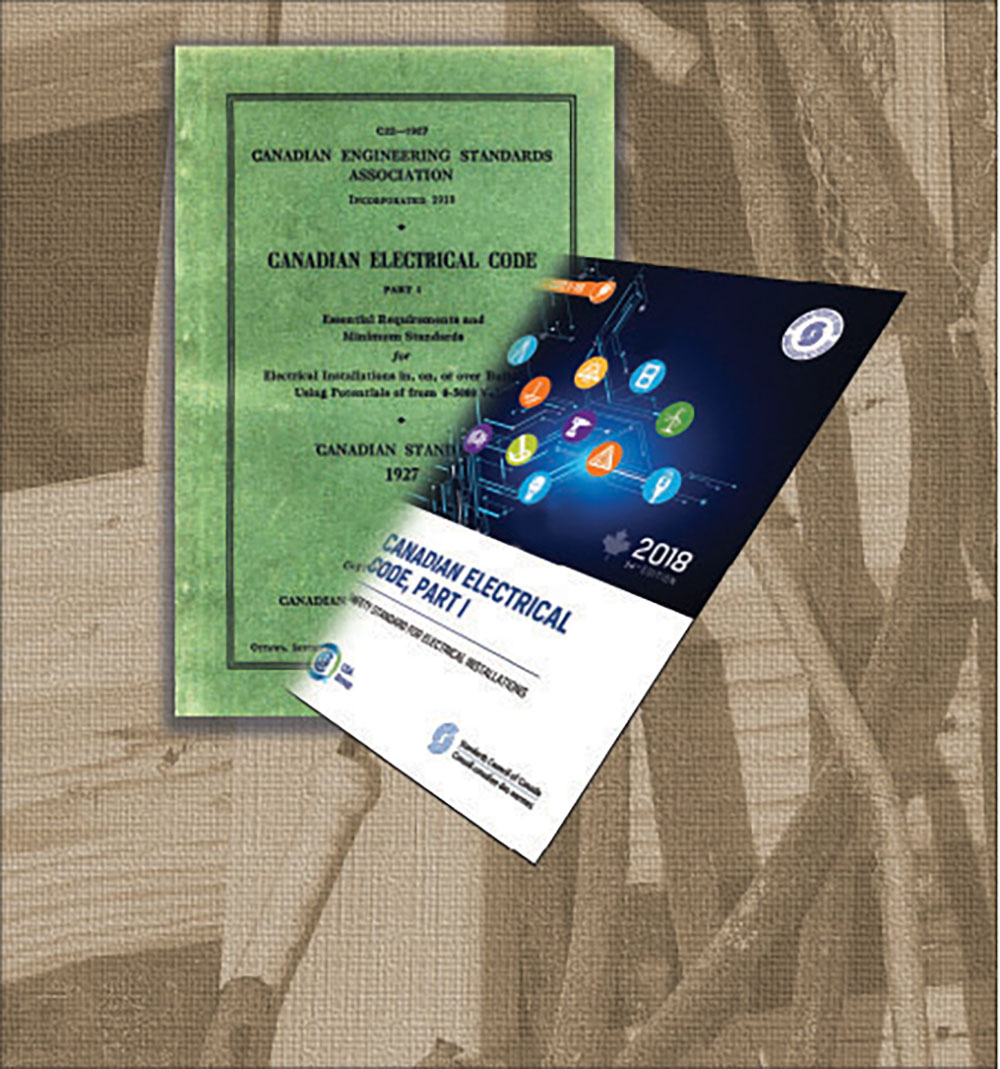







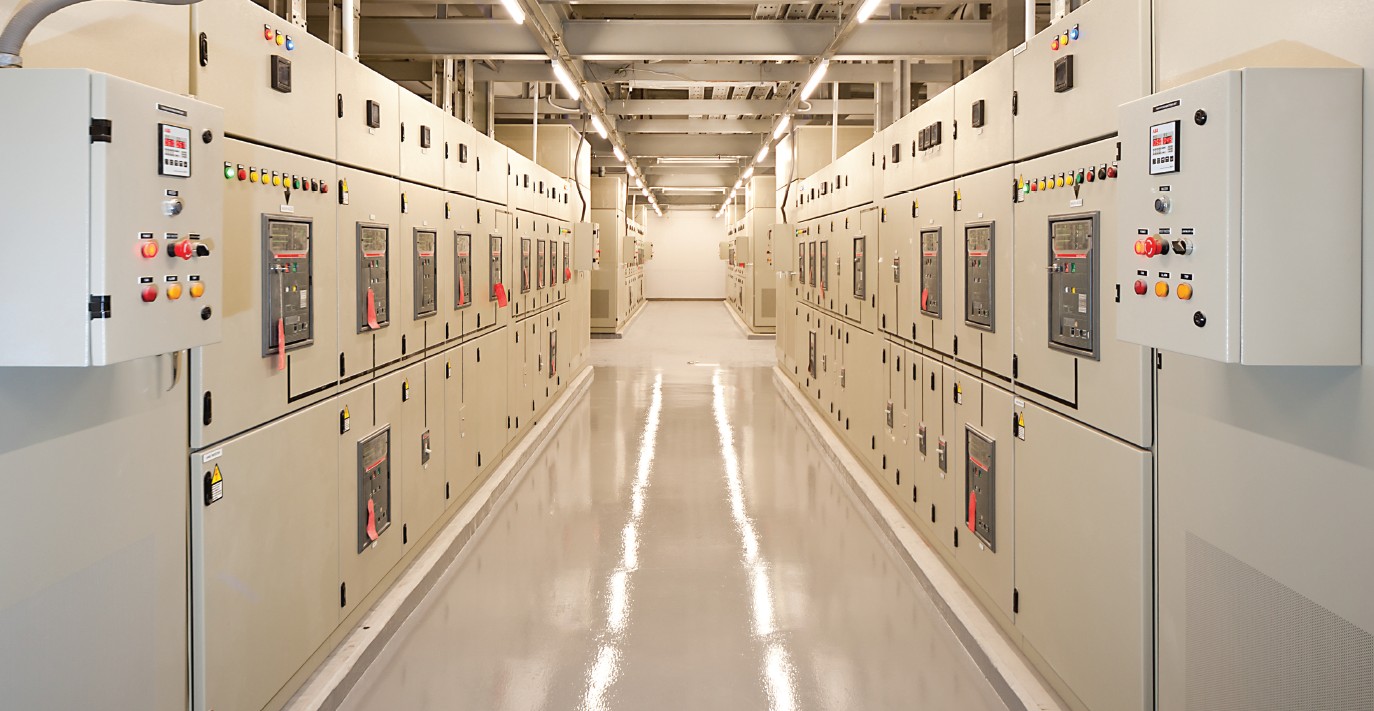
Find Us on Socials